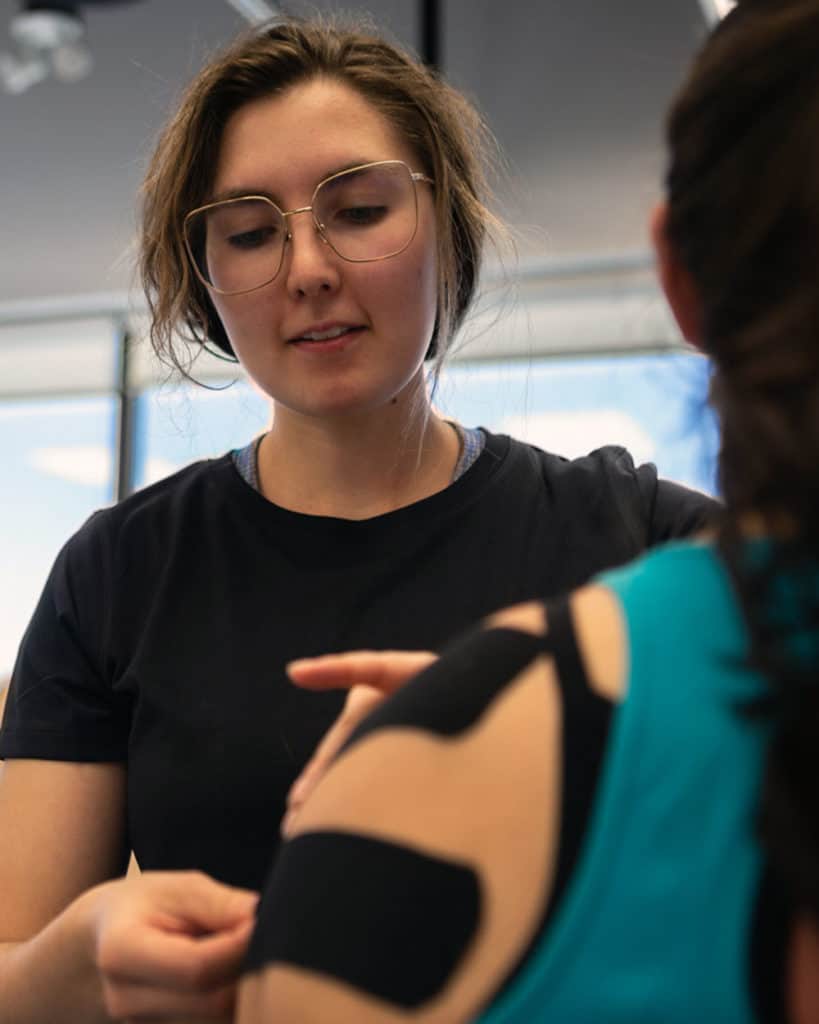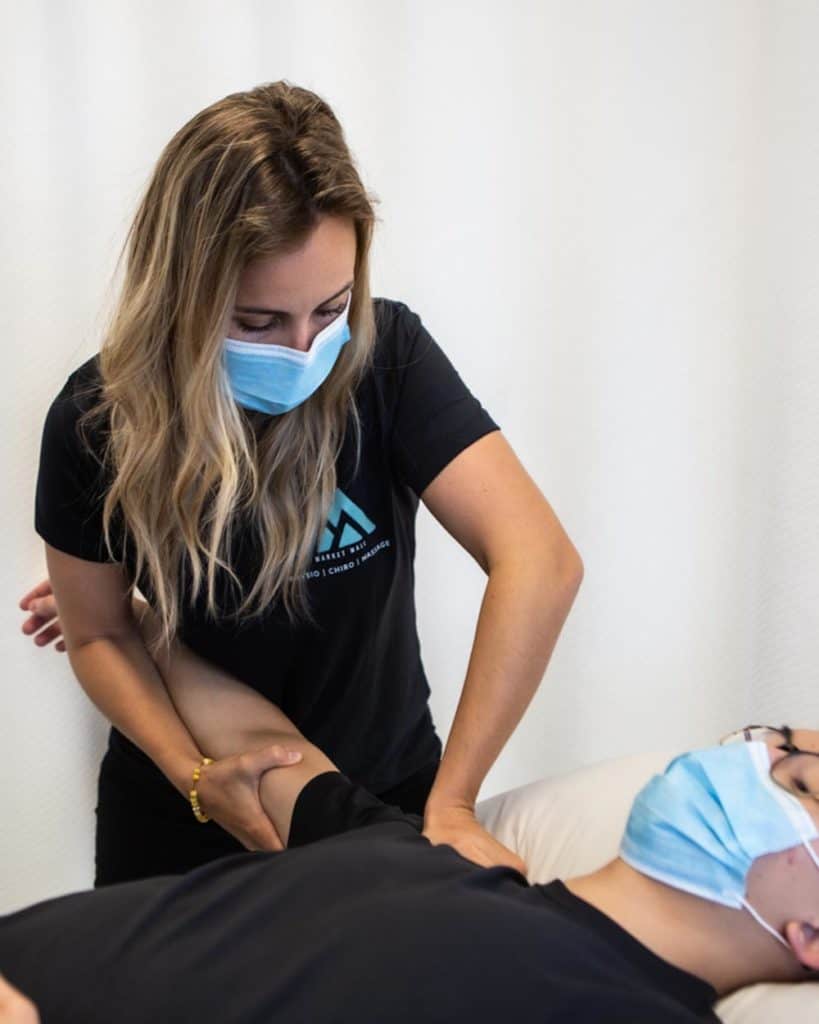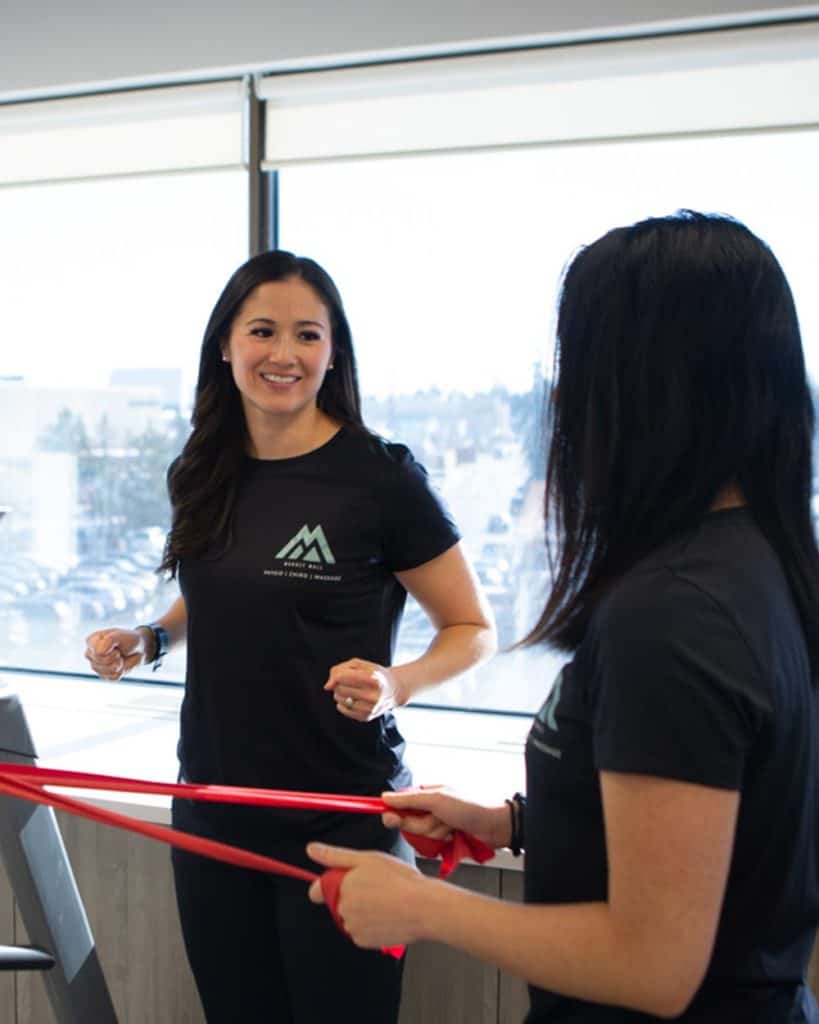Best Knee Bracing for Sports
Sports are unique. They are not like daily life activities.
They involve running, jumping, pivoting, twisting, stopping, starting, rolling, dodging, planting, and kicking.
All this movement stresses your knee joint which can lead to kneecap pain or osteoarthritic pain. These conditions can make it hard to complete normal activities of daily living if they get bad enough.
The key to prolonging the use of your knees is to keep exercising and moving, but also to protect them with the help of knee braces in case of injury. If you have hurt yourself on the ice, field or court, using a a brace to help you return to play is advisable. This will help protect your knee as it heals and gets used to the stress placed upon it during your sport again.
When recovering from an injury, we strongly recommend buying a knee brace for sports from a physical location instead of online, unless you plan to have one custom made, in which case you should work with a physical therapist.
Why? Because buying knee braces online can be very frustrating. In person, you can feel the fabric, get a clear sense of the sizing, and make comparisons. Many online reviews of knee braces – even the brands we’ve listed below – have complaints about inaccurate sizing charts, poor return policies, and other frustrations associated with online purchases.
If your knee brace keeps slipping down your leg as you play sports, it is annoying and isn’t doing you much good. If you want the best fit for your sports knee brace, just like shoes – there is no substitute for buying in person.
With that in mind, here are some good knee braces for sports. Pretty much all of these can work for men and women, and can fit on either knee.
Shock Doctor Ultra Knee Brace
The Shock Doctor knee brace is a hinged brace that helps avoid twisting and hyperextension, as well as a variety of other movements that can lead to injury. If you’ve had previous injuries like an ACL or PCL tear, or surgery, this is a great knee brace to use. It is a great basketball knee brace for those who want to keep playing after suffering a knee injury.
Winzone Knee Brace
This compression knee brace protects the kneecap and the tendons, and does not restrict movement like a hinged brace does. It’s also easy to take on and off and adjusts to a variety of knee types and sizes.
This knee brace will work well for exercising, for walking, and for doing household tasks.
Bracoo Adjustable Compression Knee Support Brace
This is a good knee brace for running and exercise because the adjustable straps prevent it from slipping down your leg. It also includes a reinforced stabilizer ring that keeps your kneecap in position.
The Bracoo is durable too, which is ideal for anyone with persistent knee problems.
Exous Knee Brace
This is a four-way brace with side stabilizers. This feature increases comfort while also allowing for a full range of motion and full knee support. This is a good knee brace for running and hiking. It also might be a good choice for anyone with weak knees, pain, or swelling.
BraceAbility Knee Brace
If you have larger legs or wide thighs and play sports, this knee brace is a good option. It includes silicone grips which help keep it stable and held in place. This is an unloading knee brace, and therefore an excellent choice if you need to relieve pressure on the joint.






